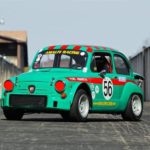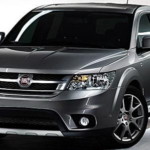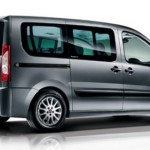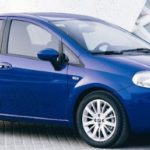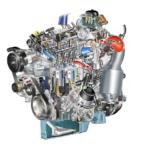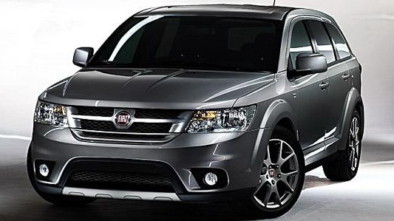Fiat 131 Abarth - Model History
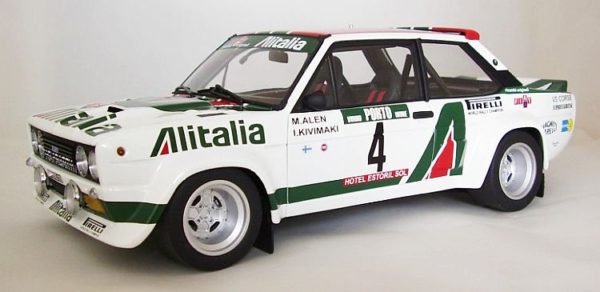
Fiat 131 Abarth
When Fiat decided to replace the famous 124 with the new 131 in 1974, the company probably did not expect to receive much criticism from fans of Italian sports cars.
Although the 131 was a very good car in its day, providing customers with a solid choice of equipment and gasoline and diesel engines, the company came under criticism after deciding to start working on a rally sports model known as the Fiat 131 Abarth. Namely, despite the great success on the tracks Fiat was not in a good financial situation, which certainly decided on the racing program.
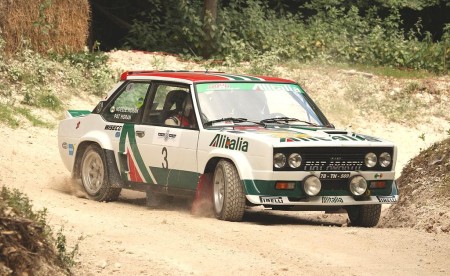
Fiat 131 Abarth
The Lancia Stratos is one of the most successful rally cars ever made. The company won three of the eight rallies in the 1974 season and won the constructor title, and the same success was repeated in the 1975 season (four wins in ten rallies) and in the 1976 season (four wins in ten rallies, including the first three places in the Monte Carlo rally) and Sanremo in Italy).
Fans of Italian sports cars believed that Stratos was on the rise and could win for years, but in order to have the finances for 131, Abarth Fiat decided to shut down the Lancia Stratos. However, unlike the Stratos, whose plan from the start is to be a rally car, the Fiat 131 was considered a family car without some sporting plans.
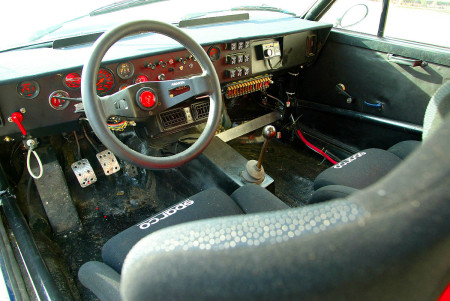
The company soon realized the potential of this car and decided to build a rally car in collaboration with Abarth. In 1976, 500 series homologation examples were made, and under the hood was a 2.0L 16v I4 direct injection engine that developed 138 hp. No less impressive was the modern (for this period) suspension, originally from the 124 Spider Abarth.
The racing models were different from the standard models and their power was 212 hp. The development of 131 Abarth was due to Cesare Fiorio and the team worked hard to build a successful rally car. 131 made his WRC debut in the 1976 season, but did not have some overwhelming success. Driver Markku Allen managed to win the Finnish Rally, but besides that the company could not boast some results and in the constructors race finished in seventh place, with as much as 80 points behind champion Lancia.
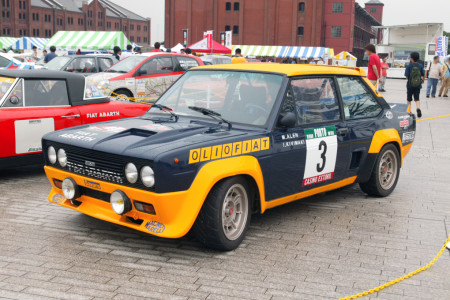
However, the situation is slowly changing in the 1977 season. Markku Allen was still the first driver of the team, including Fulvio Bacchelli, Jean Claude Andruet and Bernard Darniche. The battle for leadership between Fiat and Ford has been fought since day one. In 11 rallies Fiat managed to win five while Ford recorded one win less. Before the last rally of the season in the UK, Fiat had a 16-point advantage, and despite Ford winning first and third place, it managed to retain a four-point advantage and win its first constructors' title.
The 1977 season was also the first WRC season where riders fought for the title, with Fiat driver Bernard Darniche finishing third, behind champions Sandro Munari (Lancia Stratos HF) and Bjorn Waldegard (Ford Escort RS1800).
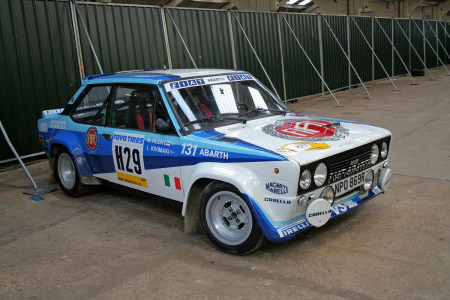
Fiat 131 Abarth
The next 1978 season brought as many as 18 rallies, and this time Fiat and Ford joined Opel in the battle for the top. Fiat won the constructor title again, this time with a huge 34 points advantage Ford and Opel while 131 Abarth driver Markku Allen won the driver's title. The Fiat 131 Abarth won seven of 18 rally rides.
The 1979 season was one of the more interesting. Datuson with the new Model 160J joined the top team. The season had 12 rallies, but Fiat managed to record only one win in Finland. Ford managed to win the constructor and driver title (Bjorn Waldegard) while Fiat had to settle for third place. The best-placed Fiat driver was Markku Allen in third place.
The same teams fought for the top in the 1980 season. In 12 rallies Fiat won five and once again walked to the title of constructor, the last for the Italian giant. Fiat driver Walker Rohri won the driver's title, which is also the last time a Fiat driver has been a champion.
In 1981 season 131, Abarth achieved one victory (Portugal), but finished only sixth in the constructors' event, which meant the end of the model's success on the rally.
In the 1983 season, Fiat finished convincingly last (18th place), which was also the company's last year in the WRC championship.
Author: Talladega
Retrieved from: www.brzabrzina.com
Recommendation of similar texts:

Hi there, I am Mladen and I am an auto enthusiast. I started this blog years ago to help like minded people share information about latest cars, car servicing ideas, used car info, exotic cars, and auto technology. You will find helpful articles and videos on a wide variety of cars - Audi, Mercedes, Toyota, Porsche, Volvo, BMW and much more. Ping us if you have anything cool to share on latest cars or on how to make older cars more efficient, or just want to say hi!

